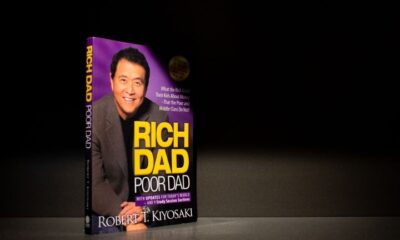
Shutterstock
Have you ever noticed how some of the best, affordable things suddenly become expensive and exclusive? This happens when trends loved by low-income communities are discovered and transformed by wealthier circles. As prices soar and availability shrinks, what was once accessible to many becomes a luxury for a few. This shift reveals a troubling pattern where simple pleasures are gentrified out of reach.
Let’s delve into 18 ways this trend has played out, changing the landscape of everyday life.
Flea Markets

Shutterstock
Flea markets were a go-to for low-income shoppers seeking bargains on a variety of goods, from clothing to household items, fostering a sense of community. The trend of finding “hidden gems” brought in wealthier buyers and resellers, driving up prices and transforming the market dynamics. As demand increased, so did prices, reducing the affordability and availability of items that once catered to budget-conscious shoppers. The original, community-driven atmosphere has been altered by commercialization, making it harder for low-income individuals to find affordable goods.
Communal Gardens

Shutterstock
Communal gardens provided fresh produce and a sense of community for low-income neighborhoods, offering a local solution to food deserts. The urban farming trend attracted wealthier participants, leading to more expensive and exclusive garden spaces that often prioritize aesthetics over accessibility. This shift has made it harder for the original communities to access these resources, as space and resources are diverted to cater to affluent gardeners. The focus on aesthetics and novelty often overlooks the basic need for affordable, fresh food, marginalizing the very communities these gardens were meant to serve.
Public Transportation

Shutterstock
Public transportation was essential for low-income individuals to commute affordably, providing a vital link to employment, education, and essential services. The push for luxury transit options by wealthier riders has led to higher fares, upgraded services, and gentrified routes that often bypass poorer neighborhoods. These changes have marginalized those who rely on public transit the most, making it less accessible and affordable for low-income riders. The focus on upscale amenities often comes at the expense of basic, reliable services that serve the broader community.
Ethnic Cuisine

Shutterstock
Ethnic restaurants were an affordable dining option offering diverse culinary experiences, allowing low-income families to enjoy meals that reflected their heritage or introduced them to new cultures. The trend of “foodie” culture brought in wealthier patrons, driving up prices and often altering menus to cater to upscale tastes, compromising authenticity. This shift has made it harder for the original patrons to enjoy these foods, as prices rise and traditional dishes are modified or replaced. The commercialization of ethnic cuisine can sometimes dilute its authenticity, alienating both the communities it represents and those who appreciated its affordability and cultural richness.
Farmer’s Markets

Shutterstock
Originally, farmer’s markets were a source of fresh, affordable produce for local communities, supporting both consumers and small farmers. With the rise of organic and artisanal food movements, prices have escalated as wealthier patrons flock to these markets. Wealthier patrons have flocked to these markets, pushing out those who once depended on them for affordable food. The emphasis on exclusivity and niche products has further marginalized low-income shoppers, who find it increasingly difficult to purchase necessities at reasonable prices.
Tiny Homes
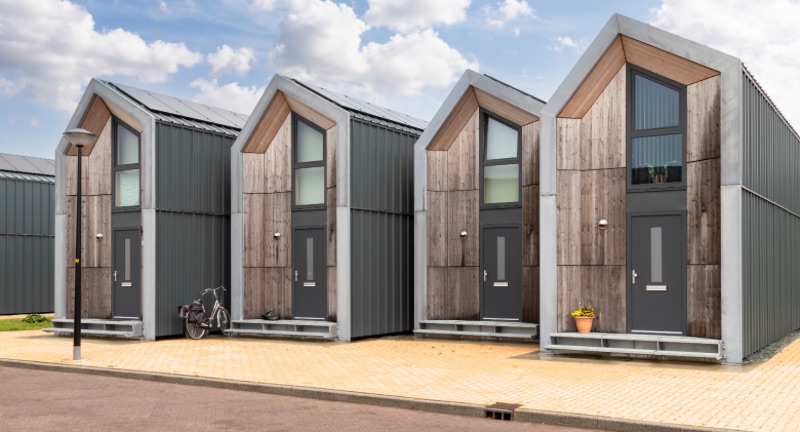
Shutterstock
Tiny homes were initially a solution for affordable housing, offering a cost-effective alternative to traditional housing for low-income individuals. The trend caught on with the wealthy, who began using them as vacation homes or luxury alternatives, driving up demand and costs. As demand grew, so did the prices, making them less viable for those they were meant to help, and turning a potential housing solution into an expensive novelty. This shift has turned a potential housing solution into a trendy but expensive novelty, leaving those in need of affordable housing with fewer options.
Urban Biking
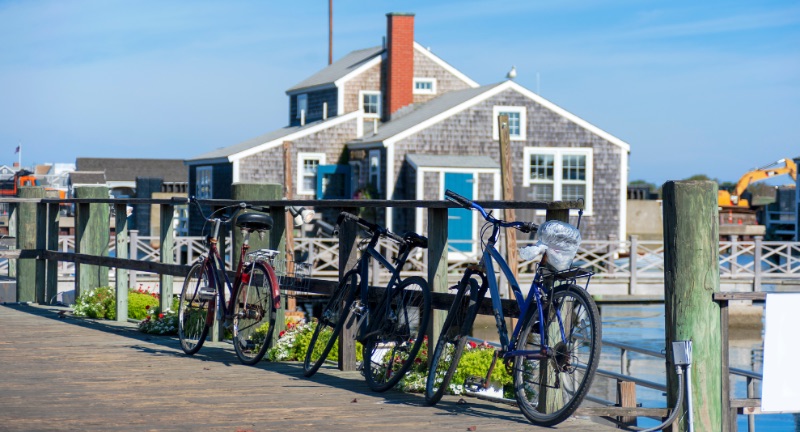
Shutterstock
Biking in cities was once a low-cost transportation method for those who couldn’t afford cars, providing an economical and environmentally friendly way to get around. The cycling boom among affluent urbanites led to the development of upscale bike lanes and bike-share programs, often funded and designed with wealthier neighborhoods in mind. These initiatives often overlooked poorer neighborhoods, limiting access for low-income residents who relied on biking as their primary mode of transportation. Moreover, the focus on high-end bikes and gear has increased the overall cost of cycling, making it less accessible to the original biking community.
Hostels
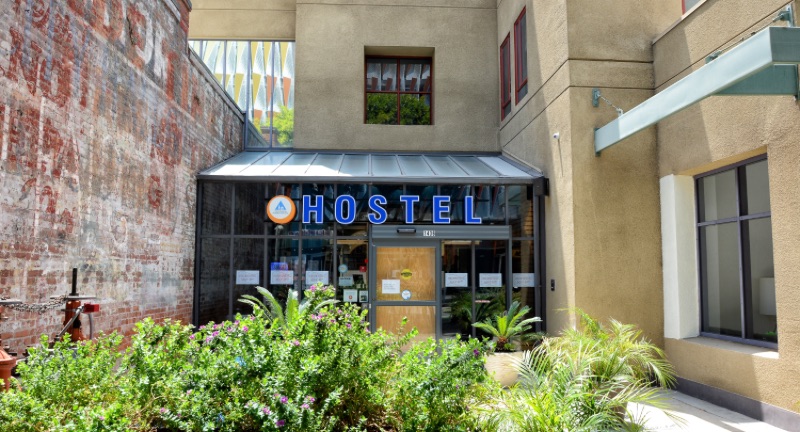
Shutterstock
Hostels provided budget-friendly accommodation for travelers, especially backpackers and students looking for affordable lodging options. As wealthier travelers began seeking “authentic” experiences, hostels upgraded their amenities and raised prices to cater to this new demographic. This transformation has made them less accessible to budget travelers, who now struggle to find affordable accommodation. The shift towards boutique hostels has altered the original, communal spirit, making it harder for traditional hostel-goers to enjoy these spaces.
Vintage Clothing

Shutterstock
Vintage clothing was a cost-effective way for low-income individuals to dress fashionably, often finding unique and stylish items at a fraction of the cost. The trend was embraced by the wealthy, leading to a surge in prices and scarcity of items as vintage fashion became highly sought after. Vintage shops in trendy areas now cater more to affluent customers, driving up costs and making it difficult for those on a budget to find affordable vintage pieces. This shift has made it difficult for the original clientele to find affordable vintage pieces, as the market becomes increasingly exclusive.
Food Trucks

Shutterstock
Food trucks used to be an affordable dining option for many working-class individuals, providing quick and inexpensive meals. The gourmet food truck trend, popularized by wealthy urbanites, has transformed this sector with upscale menus and higher prices. Prices have soared, making it less accessible to those who relied on it for cheap meals. The gourmet focus often overshadows the simple, hearty meals that were once a staple of food trucks, alienating their original customer base.
Public Libraries

Shutterstock
Public libraries were crucial resources for low-income communities, offering free access to books, internet, and educational programs that many could not afford otherwise. The gentrification of urban areas brought in wealthier residents who pushed for more upscale facilities, often leading to budget reallocations that prioritized modernization over essential services. These changes often led to reducing services that primarily benefited the poor, such as job search assistance and free tutoring. The focus on modernization sometimes overshadowed the basic needs of original users, who rely on libraries for essential services.
Craft Breweries

Shutterstock
Craft breweries began as small, local businesses offering affordable beer alternatives to mass-produced brands, often creating a sense of community and local pride. The craft beer movement attracted wealthier clientele, leading to upscale taprooms and higher prices as craft beer became a trendy luxury. This trend has made craft beer less accessible to those who initially supported these breweries, pricing out loyal local customers. The original community-centric ethos has been overshadowed by a focus on exclusivity, changing the dynamic of many local breweries.
Street Art

Shutterstock
Street art was a form of expression for marginalized communities, often reflecting social and political themes that resonated with the local population. Its growing popularity among the affluent led to commercialized street art tours and galleries, turning these grassroots expressions into profitable ventures. This commercialization has diluted the art’s original message and purpose, as the focus shifts from activism to aesthetics. The focus on profit and aesthetics often ignores the cultural significance of the works, stripping street art of its authentic voice.
Yoga

Shutterstock
Yoga was a low-cost way for many to stay fit and reduce stress, accessible through community classes and simple home practices. The wellness industry’s growth turned yoga into a luxury activity with expensive classes, retreats, and branded gear, driven by affluent participants seeking a fashionable fitness regimen. This shift has made yoga less accessible to those who need it most for its mental and physical benefits, pricing out many who could benefit from its practice. The commercialization has overshadowed the inclusive, spiritual roots of yoga practice, alienating its original practitioners.
Secondhand Bookstores

Shutterstock
Secondhand bookstores were beloved for offering affordable books to avid readers on a budget, fostering a love for literature regardless of financial status. The rise in popularity of “rare finds” among the wealthy has driven up prices and turned these stores into niche markets for collectors. This trend has made it challenging for low-income readers to access affordable literature, as prices soar and stock becomes tailored to wealthier customers. The original mission of these stores is often overshadowed by the pursuit of profit, distancing them from their roots as accessible literary hubs.
Co-Working Spaces

Shutterstock
Co-working spaces provided affordable office solutions for freelancers, entrepreneurs, and small startups, fostering a collaborative environment without the high cost of traditional office rentals. The popularity among affluent professionals led to the development of upscale amenities, higher membership fees, and exclusive locations, driving up costs. This trend has priced out many who originally benefited from these spaces, leaving them struggling to find affordable workspaces. The focus on luxury over affordability has altered the accessibility of co-working environments, making it difficult for low-budget entrepreneurs to find suitable office space.
Camping
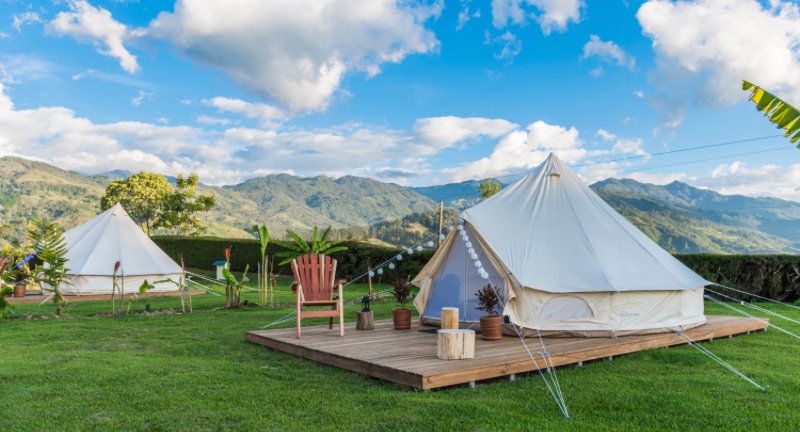
Shutterstock
Camping was a budget-friendly way for families to enjoy nature, offering an inexpensive escape from urban life and a chance to reconnect with the outdoors. The rise of “glamping” (glamorous camping) among the wealthy has driven up costs for camping equipment, site rentals, and even basic amenities, transforming the camping experience into a luxury activity. This trend has made it harder for low-income families to afford camping trips, as prices for gear and sites soar, making nature less accessible to those with limited budgets. The focus on luxury outdoor experiences often overlooks the simplicity and affordability of traditional camping, alienating those who valued camping for its basic, unpretentious appeal.
Thrift Shopping

Shutterstock
Thrift stores were once havens for low-income families, offering affordable clothing and household items. However, the rise of vintage fashion trends led affluent shoppers to frequent these stores, driving up prices. This shift has made it harder for the poor to find budget-friendly essentials, as items once accessible to them are now sought after by wealthier individuals. Additionally, the increased demand has resulted in less stock available for those in need, further straining the resources of thrift stores.
Conclusion

Shutterstock
What once provided affordable joy and practicality to low-income communities has been transformed into exclusive luxuries. This shift not only alienates the original users but also underscores the growing divide between different socioeconomic classes. By recognizing and addressing these patterns, we can strive for a more inclusive world where everyone can enjoy the simple pleasures of life without being priced out.

 Entertainment3 weeks ago
Entertainment3 weeks ago
 Celebrity News6 days ago
Celebrity News6 days ago
 Celebrity News6 days ago
Celebrity News6 days ago
 News6 days ago
News6 days ago
 Celebrity News1 month ago
Celebrity News1 month ago
 Celebrity News3 weeks ago
Celebrity News3 weeks ago
 Entertainment2 days ago
Entertainment2 days ago
 Entertainment3 weeks ago
Entertainment3 weeks ago






















